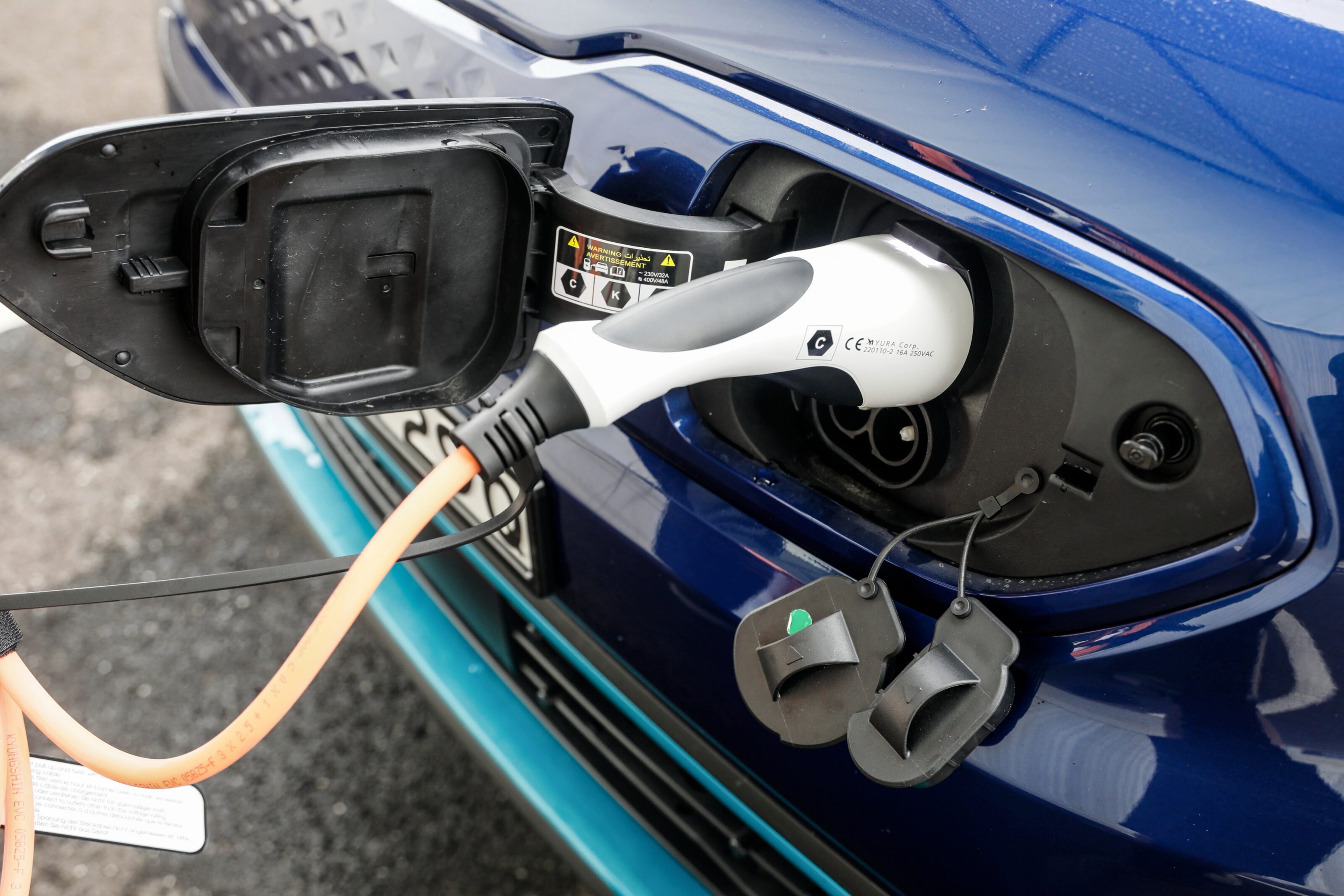
Key Points
- Bloomberg report shows nearly six million electric vehicles will be sold this year
- Full EVs currently account for just 0.45 per cent of new vehicle sales in Australia
- 2019 to 2021 uptake in EV, PHEV and FCVs has increased by 140 per cent
Annual sales of electric vehicles could soar as high as 40 million units per year, according to recent modelling.
As a part of the COP26 Climate Change Conference in Glasgow, BloombergNEF (BNEF) compiled its Zero-Emission Vehicles Factbook, summarising key data relating to the uptake and adoption of ZEVs worldwide.
The document has been released amidst a wide range of countries and manufacturers announcing targets to end production of internal combustion engines, with the large European market moving towards ZEVs only from 2035.

By the end of 2021, passenger electric vehicles (which includes battery-electric, plug-in hybrid and fuel-cell) will account for 5.6 million new sales worldwide, an 80 per cent increase over the 3.1 million sold in 2020 – itself a significant jump on the 2.1 million units shifted in 2019.
Comparing the pre-pandemic levels of 2019 to 2021, electric vehicle sales represented seven per cent of deliveries in the first six months of this year, while the same period two years prior saw EVs account for just 2.6 per cent of the new-car market globally.
While BNEF’s modelling shows there are around 12.6 million EVs on the road, only nine million of these are believed to be true ZEVs, with China leading the way by having racked up 4.3 million sales – eclipsing Europe’s combined 2.2 million.
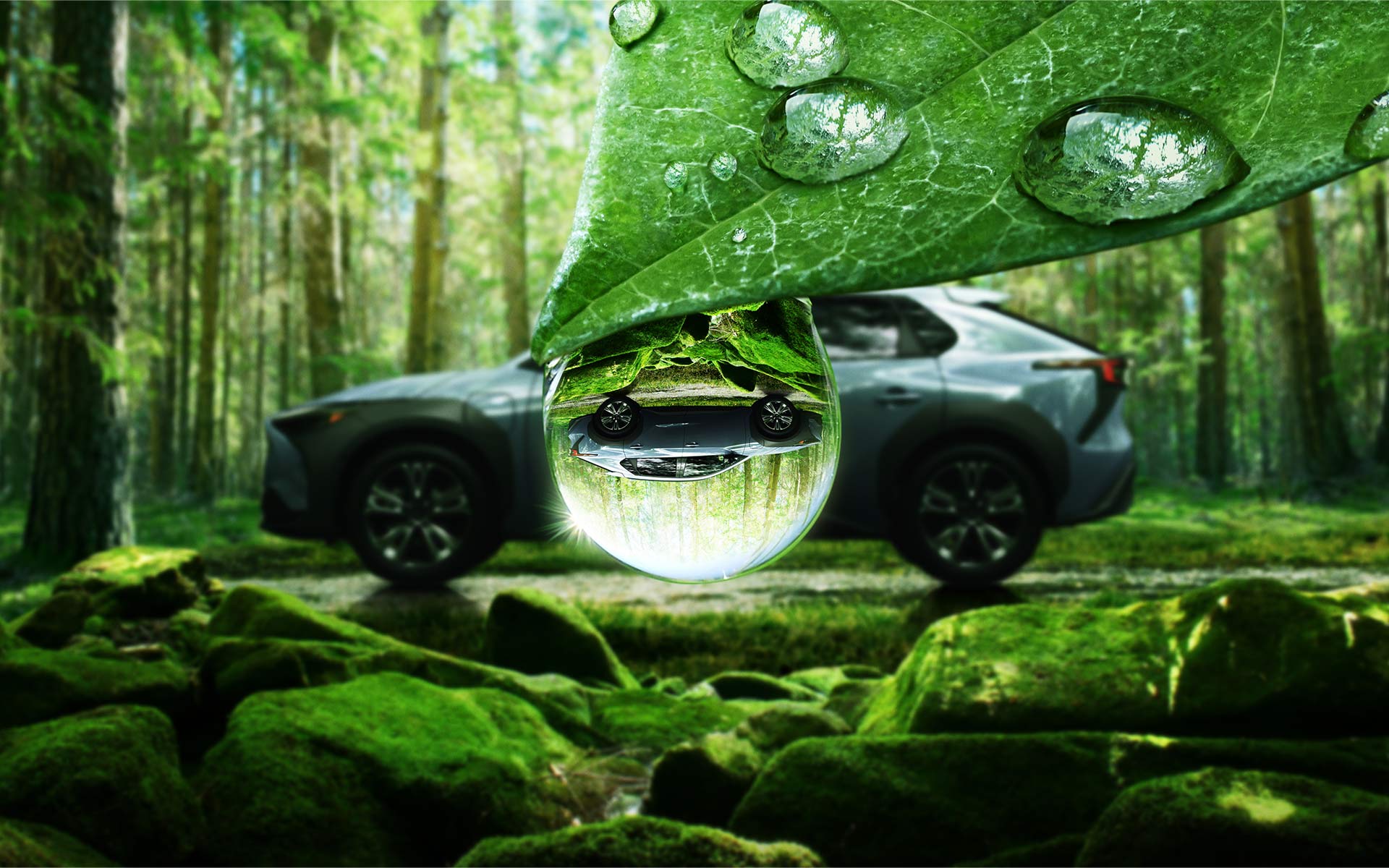
This rapid uptake in EV adoption has seen BNEF readjust its future predictions, with 677 million ZEVs now expected to be sold by the conclusion of 2040 – an increase of its 2019 forecast, which sat at 495 million vehicles.
There are a range of contributing factors as to why these figures have been adjusted and will likely keep changing.
For starters, battery technology and investment continues to soar, ultimately driving costs down in the long run, as will the increased levels of charging infrastructure – both at a public and privately funded level.
As more manufacturers start to get onboard the EV train, the range of models available to consumers increases, allowing a wider scope of choice while also introducing different price points which cater for different buyers.
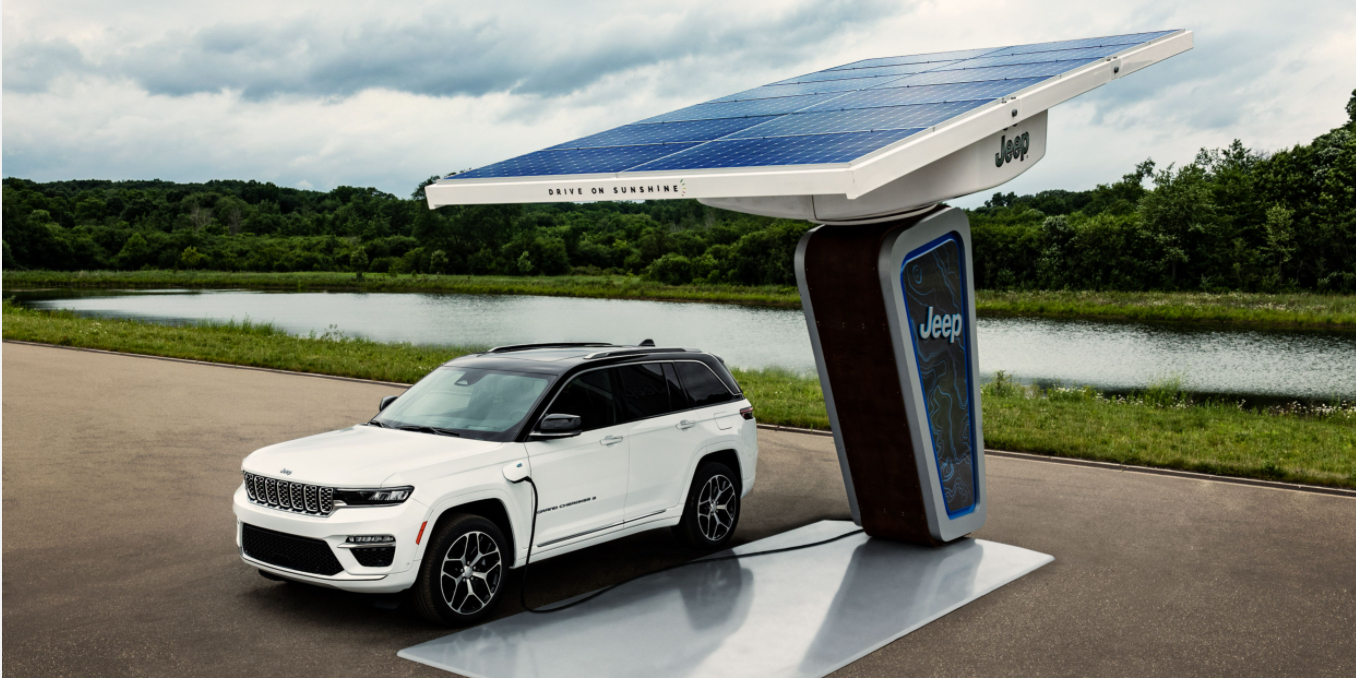
Contrary to popular belief, the report also shows an EV’s lifetime emissions are well below the levels of an ICE-powered vehicle, even taking into account the means of production and ongoing running factors such as charging.
Thanks to the EV-reliant Chinese market, Geely and its subsidiary Volvo currently lead the way in the portion of EV sales from the total line-up, with BEVs, PHEVs and FCVs accounting for 39 per cent of the manufacturer’s total sales in the first half of 2021.
This number is nearly double that of second-placed BMW and Daimler, both sitting on 20 per cent each, while Hyundai and Kia’s combined sales trail in fourth – just three per cent behind the German marques.
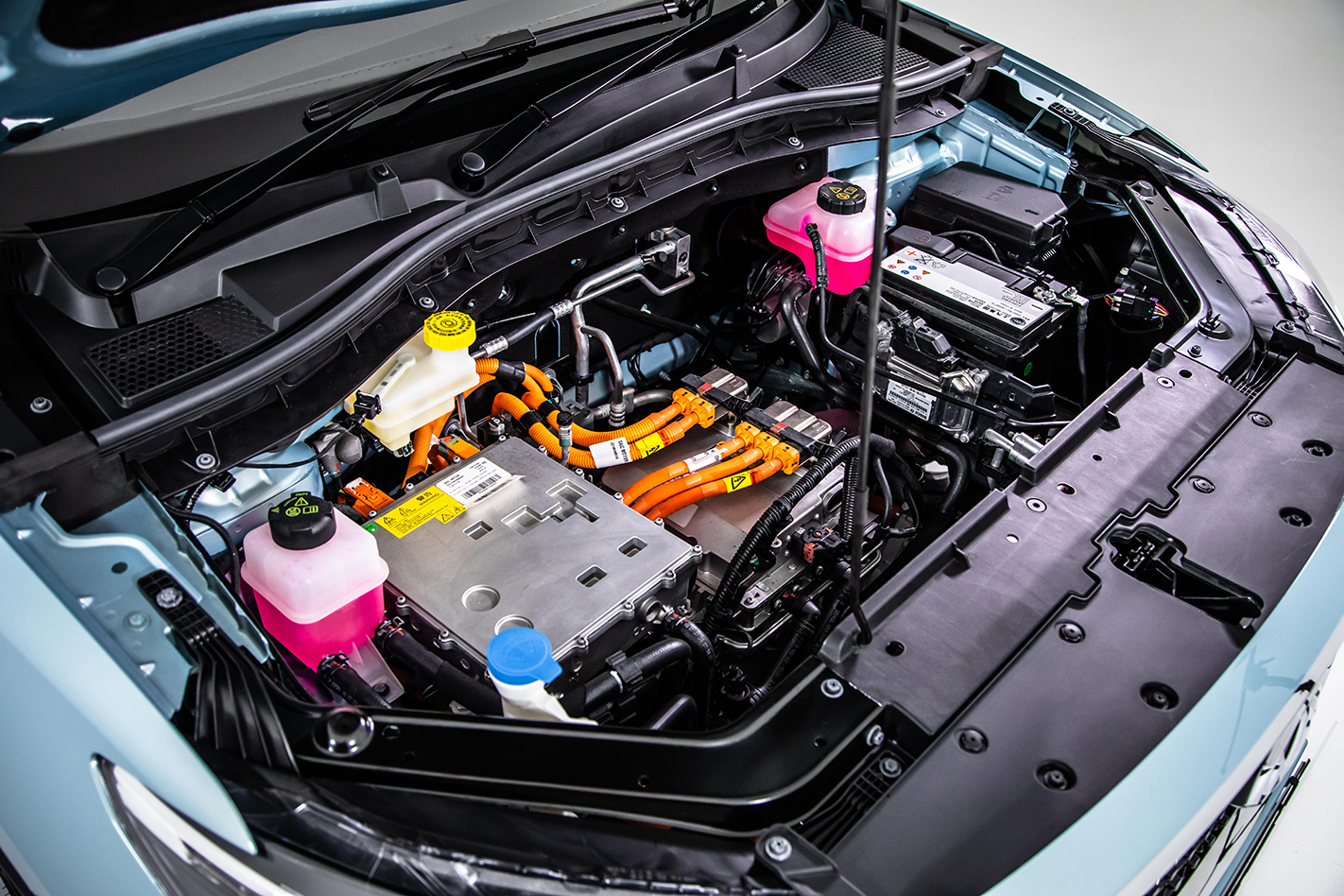
In Australia, our slow adoption of EVs has caused somewhat of a snowball effect, with manufacturers hesitant to bring new models to a country which doesn’t have unified subsidy approaches across each state.
Last week the Federal Government released its Future Fuels Strategy, criticised by the Australian automotive industry for being “too little, too late” in encouraging new car buyers to consider EVs.
As of the end of October, a total of 4029 electric vehicles have been sold in Australia this year, a 147.8 per cent increase over the same period in 2020 – but still well and truly shy of the global average, with the number representing just 0.45 per cent of all new cars sold.
We recommend
-
 News
NewsThis is every Electric Vehicle strategy, brand by brand
From Audi to Volvo: Here's how the major manufacturers will transition into the electric age
-
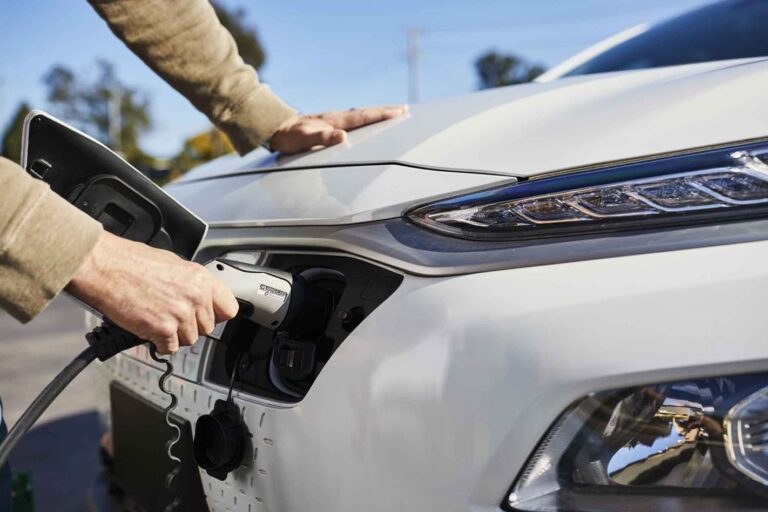 News
NewsAustralia's EV policies: What's happening in each state and territory in 2021 – UPDATED
It's every state and territory for itself as the Federal Government declines to take the lead on EV policy. Here's the current state of play
-
 News
NewsCar industry slams Government's EV strategy for lacking incentives and targets
The long-awaited policy for electric vehicles falls far too short of what's needed, say industry figures




